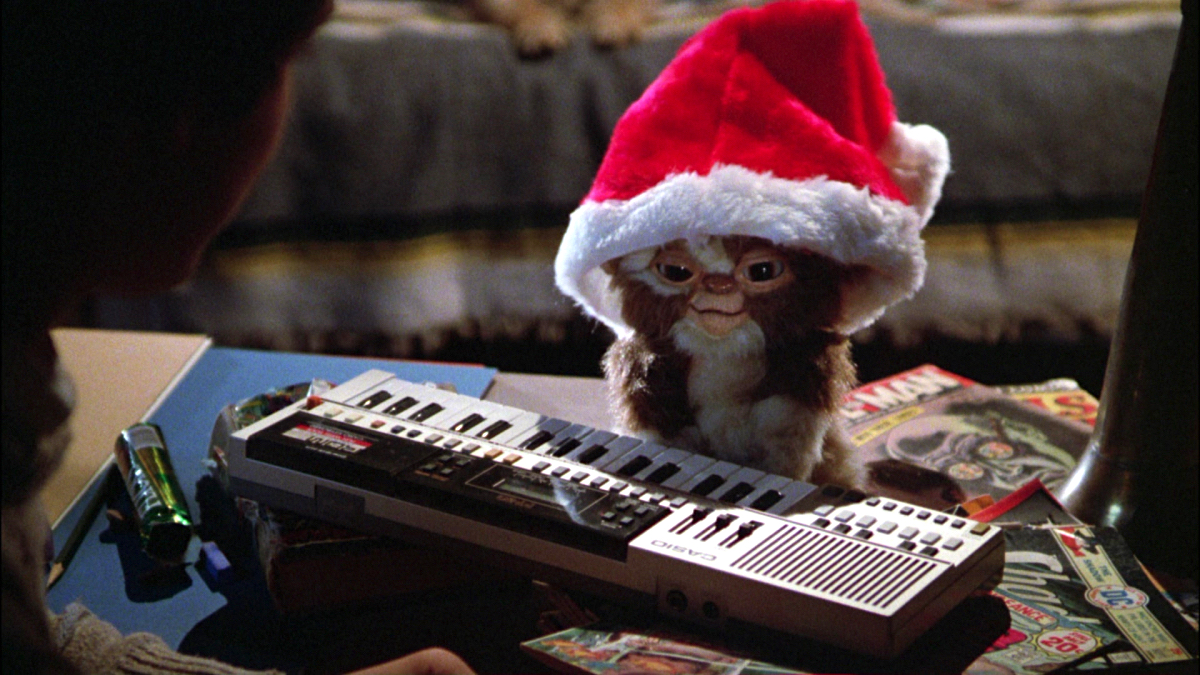Take 5: Planes, Trains and Automobiles
November 22, 2022
Like It’s a Wonderful Life, A Christmas Story and Christmas Vacation are holiday staples, it’s hard to imagine a Thanksgiving week without Planes, Trains and Automobiles. Written and directed by John Hughes, the film was a critical and commercial success when released in 1987, and its stature has only grown over the decades. Many fans consider it to be a perfect movie and it’s often cited as one of the greatest buddy comedies Hollywood ever produced. It’s often been imitated but has never been truly emulated.
A lot of the film’s quality can be attributed to the stellar performances of Steve Martin and the late John Candy, but as great as their onscreen performances are, their characters Neil Page and Del Griffith were conceived on the page by John Hughes. No stranger to road trip comedies (Hughes’ breakout screenplay was National Lampoon’s Vacation) or balancing humor with pathos (e.g., The Breakfast Club), Hughes’ prior screenplays and films are a natural precursor to Planes, Trains and Automobiles; however, this was his first film that placed emphasis on two adult characters with no teenagers present. Hughes proved highly skilled at writing three-dimensional and nuanced teen characters, so it’s no surprise he could do the same with adult characters. Neil Page has clear biographical connections with Hughes (family in Chicago; works in advertising) and it’s likely that Del Griffith was written specifically with John Candy in mind (it’s impossible to imagine anyone playing him at very least). As inventive and funny as the comedic set pieces are in the film, it’s arguably the character journey that’s had the most impact with audiences and continues to do so. Another example of Right Story, Right Character.
Below are 5 screenwriting takeaways from this classic film:
Comedy Stakes
In screenplay development circles, the term “stakes” is used a lot: what’s at stake for the protagonist(s) if they don’t achieve their goal? In your typical tentpole action/adventure, there are usually massive stakes that involve the lives and well-being of a large group of people if not the entire world. Most thriller/horror films might have a tighter focus but the stakes are still pretty high: life or death. Comedies don’t require such high stakes, but they do require emotional stakes. Not unlike a drama, the stakes in a comedy are personal and they might not seem like a big deal to an outsider but to the protagonist they’re extremely important. In the case of Planes, Trains and Automobiles, we’re sold on how important it is for Neil Page to get home in time for Thanksgiving. There’s nothing life-altering about these stakes — no one is dying; his wife isn’t going to leave him if he misses the holiday dinner — but Hughes crafted an opening sequence that places the audience so squarely in Neil’s point-of-view, we feel what he’s feeling. From him chomping at the bit to leave work to racing Kevin Bacon for a taxi to his disappointment over his flight being delayed, we feel each moment of failure and, as result, we connect with Neil and his heartfelt desire to get home for the holidays. Because Neil cares so much about it, we do as well.
Opposing Personalities
By the time Hughes wrote Planes, Trains and Automobiles, playing off the friction of opposing personalities was already a time-tested trope in comedy. Many sequences of Neil and Del butting heads recall Neil Simon’s classic The Odd Couple (there’s even a “clearing of the sinuses” bit that’s a clear homage). One character is uptight and fastidious; the other character is boorish and slovenly. Hughes knew he was building upon a proven comedic formula and embellished it with his own personal touches. In general, it’s good to have opposing personalities in a screenplay because it creates conflict, but in a comedy it’s essential. In life we all have our foibles that annoy other people and vice versa. Think of the things your relatives do that irritate you, but you have to smile and roll with it. People enjoy watching characters argue and vent because it vicariously expresses their own annoyances. Whether you’re more of a Neil type or a Del type, chances are you relate to one of their grievances with the other as their personalities clash.
Mounting Obstacles
Hughes knew the more obstacles he threw in Neil’s way to getting home for Thanksgiving, the more conflict and comedy would result. The film is pretty much an onslaught of mounting obstacles from beginning to end: missing taxies, blizzards, delayed flights, theft, malfunctioning trains, missing rental cars, near fatal traffic accidents, destroyed credit cards, charred and impounded vehicles, etc. And yet for every disastrous set piece, Hughes never loses sight of the characters and their central conflict: each other. This is crackerjack screenwriting; Hughes’s ability to keep the obstacles coming as he tracks Neil and Del’s relationship and emotional through lines is exemplary. Regardless of the genre, screenwriters should take note.
Bonding Moments
Of course if Neil and Del continued to hate each other for the whole film, their personality clashes would eventually wear thin and their characters would eventually lose audience sympathy. As they make their way to Chicago and experience obstacle after obstacle together, Neil and Del begin to develop a bond with each other. This is another area where Hughes displays a master’s touch; their camaraderie is slowly but surely tracked. When Neil starts to actually like and care about Del it doesn’t feel forced. Bonding moments are sprinkled throughout the film. Some are fleeting moments (e.g. the first time Neil helps Del with his trunk; the pair laughing at the burning car after nearly being killed) and some are longer and more significant (e.g. drinking miniature liquors and having fun together in a motel room). By the time they finally reach Chicago, we believe these two characters have truly connected and we have likewise bonded with them.
Emotional Payoffs
All of the above bonding moments are emotional payoffs that cause the audience to further invest in the characters. We feel like we’re on the journey with Neil and Del and their highs and lows become our highs and lows. The biggest emotional payoff is at the film’s conclusion and the dramatic twist involving Del and his true living situation. Hughes handles the tonal shift masterfully, and like the prior bonding moments, it doesn’t feel forced or maudlin. Like the best twists, Del’s revelation at the Chicago “L” station works with everything we have learned; it fits like a final and poignant piece of a puzzle. Afterwards, when Neil and Del carry that trunk together and reach their journey’s end, the audience is rewarded with a story that is ultimately about more than just road trip hijinks. Neil now realizes just how fortunate he is to have his family and offers warmth and friendship to a lost soul.
It’s about discovering true empathy on Thanksgiving.
Written by: Edwin Cannistraci
Edwin Cannistraci is a professional screenwriter. His comedy specs PIERRE PIERRE and O’GUNN both sold with more than one A-list actor and director attached. In addition, he’s successfully pitched feature scripts, TV pilots and has landed various assignment jobs for Universal, Warner Bros, Paramount and Disney.



